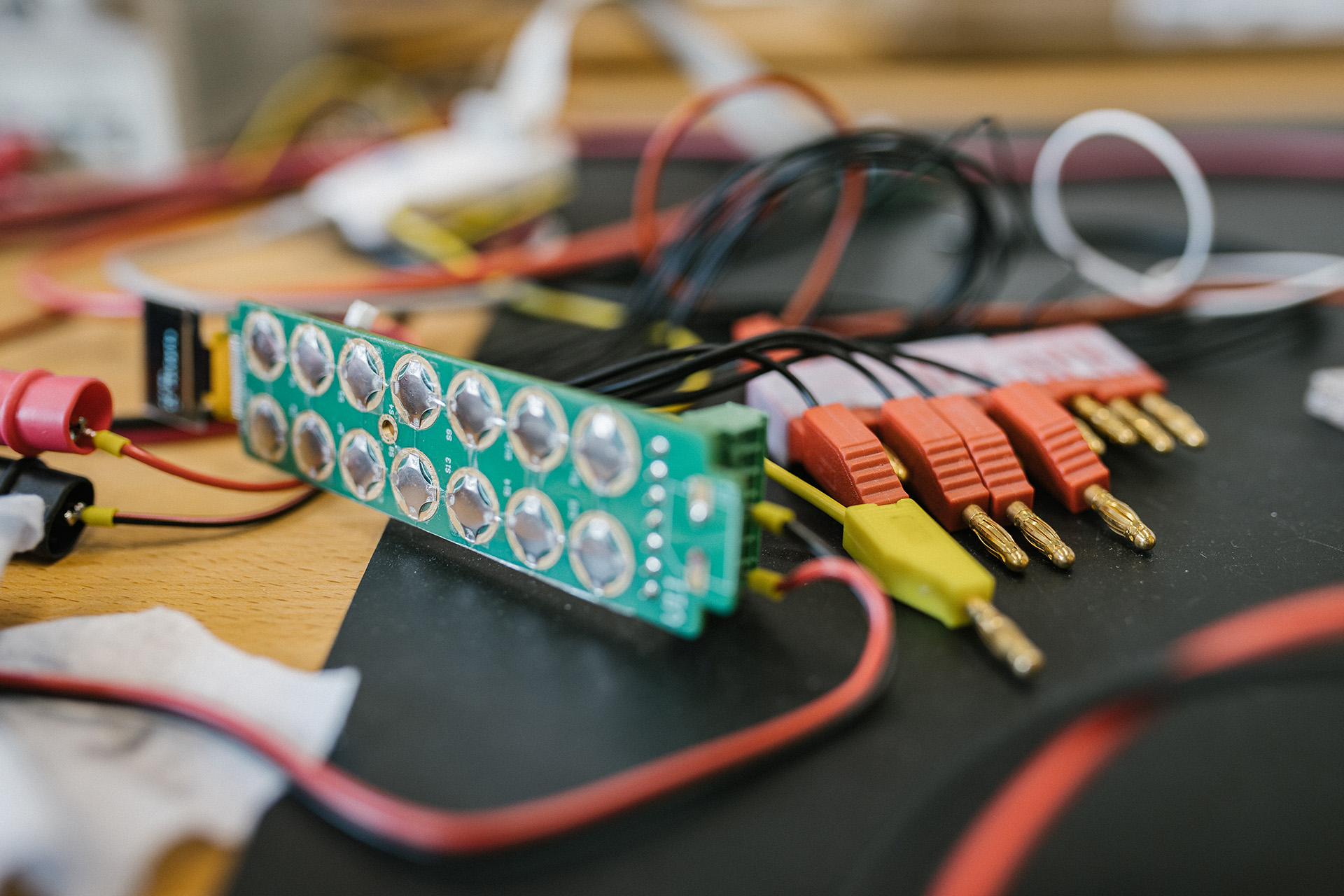How to Build a Budget 4G Rotating Proxy Farm
페이지 정보
작성자 Johnson Hatchet… 작성일 25-09-18 15:51 조회 2 댓글 0본문
Building a DIY 4G rotating proxy farm on a budget is easier than you think if you're willing to use off-the-shelf hardware and open-source tools. The goal is to create a system that can switch between distinct LTE carriers so that each web request appears to come from a different IP address. This is useful for data scraping, account automation, or validating geo-restricted content without getting rate-limited.
Start by gathering the necessary hardware. You’ll need several used 4G routers. Look for models like the Huawei E5573. These are often sold cheaply on eBay because people replace outdated devices. Aim for five to eight devices to start. You’ll also need a power strip with enough outlets and a reliable wired network for your host system.
Obtain prepaid mobile data cards. Use prepaid SIM cards from different carriers if possible. This increases the diversity of your IP pool. You can buy these through wholesale suppliers for between $2 and $5. Make sure they are pure data plans without SMS allowances to keep costs low. Load each with a small monthly data plan, which should be enough for periodic API requests.
Connect each router to its own SIM card and power it up. Configure each router to use a consistent internal IP so your central server can reliably maintain persistent connections. Most routers have a web interface you can access 192.168.8.1 or similar into a browser. Change the default admin password for security.
Deploy a proxy forwarder on your central machine. TinyProxy is a open-source reverse proxy that can be configured to distribute requests across devices. Install it on a Raspberry Pi. Configure Squid to route traffic via each LTE gateway. Each router acts as a gateway with its own public IP. You’ll need to set up a upstream server manifest for each router in your Squid config file.

To make rotation automatic, use a script that changes the upstream proxy every few requests. You can write a custom automation script using requests and urllib to rotate between endpoints. Or use a tool like Zyte Proxy Manager to handle the load balancing. Test the setup by checking your IP on ipinfo.io and verifying the IP changes with each request.
Keep an eye on data usage. Cellular carriers often throttle or block heavy traffic. If you notice connection drops, lower your crawl frequency or expand your IP pool. Avoid rapid-fire automation. Wait at least a minimum of 15 seconds between requests to stay avoid detection.
System care requires little effort. Reboot each router every 7 days to refresh the cellular connection. If one device fails to connect, install a backup router. Keep spare SIM cards and routers on hand. You can scale up later by integrating new LTE modems as your funds permit.
The beauty of check this out setup is its low cost. You can build a 5-router network for less than $200 including everything needed to start. It’s not as high-performance or stable as premium proxy providers, but it’s fully yours to manage. It’s also a excellent hands-on exercise if you want to understand how proxies, networks, and automation interact.
Adhere to responsible automation practices. Don’t harvest sensitive information, violate terms of service, or launch DDoS-style attacks. Use your proxy farm for legitimate testing where you have permission. With careful setup, your budget cellular proxy network can be a versatile automation asset.
댓글목록 0
등록된 댓글이 없습니다.



